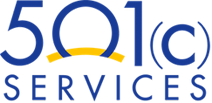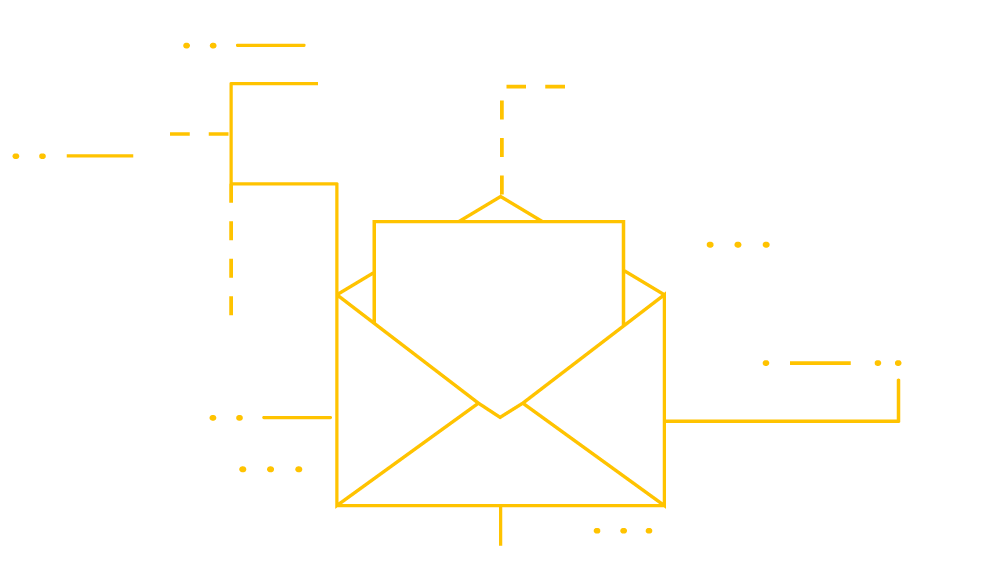
Many people view mission-driven organizations as fundamentally different workplaces from the public and private sectors. While this may be true on some levels, the fact remains that mission-driven work can be as demanding as, if not more demanding than, other sectors. Because nonprofit employees, particularly those new to the space, may see their mission-driven work as distinct from a standard for-profit environment, their relationship to the work is often different.
This sense of purpose can be a source of organizational strength, as it adds motivation for staff to pull together in pursuit of their goals. At the same time, it can make issues of workplace discipline feel more complex. Employees may expect more flexibility in their work, and the camaraderie around the mission can make typical discipline practices feel personal or discouraging. Still, achieving a mission requires work and conduct that meet defined standards. For this reason, many nonprofits have implemented performance improvement plans or progressive discipline processes.
Adopting a process that provides documentation and gives underperforming team members measurable ways to improve can help organizations address performance issues directly and reduce negative outcomes. Here is how such processes work.
What is Progressive Discipline?
 Progressive discipline is a framework employers use to address substandard work and poor workplace behavior while giving employees a fair opportunity to improve. It has historical ties to collective bargaining rules but is now used widely across many industries because it provides structure, fairness, and legal defensibility. The details of a plan may differ from one organization to another, but the overall philosophy is consistent: begin with smaller interventions and escalate only if the behavior or performance does not improve.
Progressive discipline is a framework employers use to address substandard work and poor workplace behavior while giving employees a fair opportunity to improve. It has historical ties to collective bargaining rules but is now used widely across many industries because it provides structure, fairness, and legal defensibility. The details of a plan may differ from one organization to another, but the overall philosophy is consistent: begin with smaller interventions and escalate only if the behavior or performance does not improve.
It is important to note that progressive discipline does not apply universally to every workplace issue. Many organizations still enforce zero-tolerance policies for serious infractions such as harassment, violence, or theft.
A typical progressive discipline process might look like this, with documentation created by the manager at each step to outline concerns and set performance goals:
- Verbal warning: The employee’s manager holds a one-on-one conversation to explain concerns and identify areas where improvement is needed. For many employees, this step is sufficient to correct the issue and prevent further escalation.
- Written warning: This is a more formal stage in which the employee receives a detailed explanation of the concerns and a clear description of what changes are required. This may take the form of a performance improvement plan (PIP, see below). Written warnings are most effective when supported with evidence such as documented tardiness, below-standard performance data, or other measurable outcomes. Some organizations choose to divide this stage into two levels, one less formal and one more formal.
- Consequences: Like written warnings, this stage can be broken into smaller steps. Examples include suspensions of increasing length before more severe penalties are considered. In cases where the employee has made a genuine effort but lacks the necessary skills, demotion to a lower role or reassignment to a different team may be considered. As with earlier stages, documentation and evidence are essential, especially to demonstrate that performance goals established in prior steps were not met.
Performance Improvement Plans (PIPs)
A performance improvement plan can function as part of progressive discipline or serve as a standalone method for addressing performance concerns. These plans are detailed, goal-oriented, and discussed with the employee before implementation. Common elements include:
- Clearly identified areas for improvement, such as attendance, job performance metrics, or other measurable deficiencies
- A defined timeframe, often 60 days, after which progress will be reviewed
- Mutual acknowledgment from both management and the employee that the plan is realistic and that both parties agree on the reasons behind it
For a PIP to be effective, the organization must consider the employee’s perspective, including any barriers that may hinder their performance. Goals should be realistic, and employees should not feel they are being set up to fail or required to do more than is reasonable within their normal workload. Applying unrealistic pressure can result not only in unsuccessful outcomes but also in reduced morale among the broader team.
Why Do Organizations Create These Plans?
There are multiple advantages to establishing a formal disciplinary plan, from improving organizational efficiency to reducing risk and improving staff morale. Key reasons include:
- Internal consistency: A common concern around employee discipline is inconsistency. Without a clear process, some employees may receive leniency while others face harsher consequences, leading to perceptions of favoritism or bias. A documented and consistent process helps prevent these issues.
- Documentation: A formal plan requires that records be created at each step. Notes about what was discussed, the concerns raised, and the employee’s response serve as valuable evidence. Documentation not only ensures adherence to the plan but also provides legal protection by showing that the organization made a good faith effort to address the behavior.
- Investment in your team: When carried out successfully, progressive discipline and PIPs demonstrate that the organization is committed to supporting employees and helping them succeed. These processes provide opportunities to reinforce expectations for performance and conduct while also connecting those standards to the broader mission of the organization. Employees see that the organization values their contribution enough to provide clear guidance and chances to improve.
Conclusion
Progressive discipline and performance improvement plans give nonprofits a structured, fair, and transparent way to manage performance concerns while maintaining focus on their mission. They help ensure consistency, reduce organizational risk, and demonstrate investment in employees’ success. By documenting each step and setting realistic, measurable goals, nonprofits create an environment where staff understand expectations, managers have the tools to address challenges, and the organization as a whole can remain focused on advancing its mission. When approached thoughtfully, these processes strengthen accountability and reinforce a culture that balances compassion with professionalism.
About Us
For more than 40 years, 501(c) Services has been a leader in offering solutions for unemployment costs, claims management, and HR support to nonprofit organizations. Two of our most popular programs are the 501(c) Agencies Trust and 501(c) HR Services. We understand the importance of compliance and accuracy and are committed to providing our clients with customized plans that fit their needs.
Contact us today to see if your organization could benefit from our services.
Are you already working with us and need assistance with an HR or unemployment issue? Contact us here.
The information contained in this article is not a substitute for legal advice or counsel and has been pulled from multiple sources.
(Images by PCH-Vector and 8photo)




